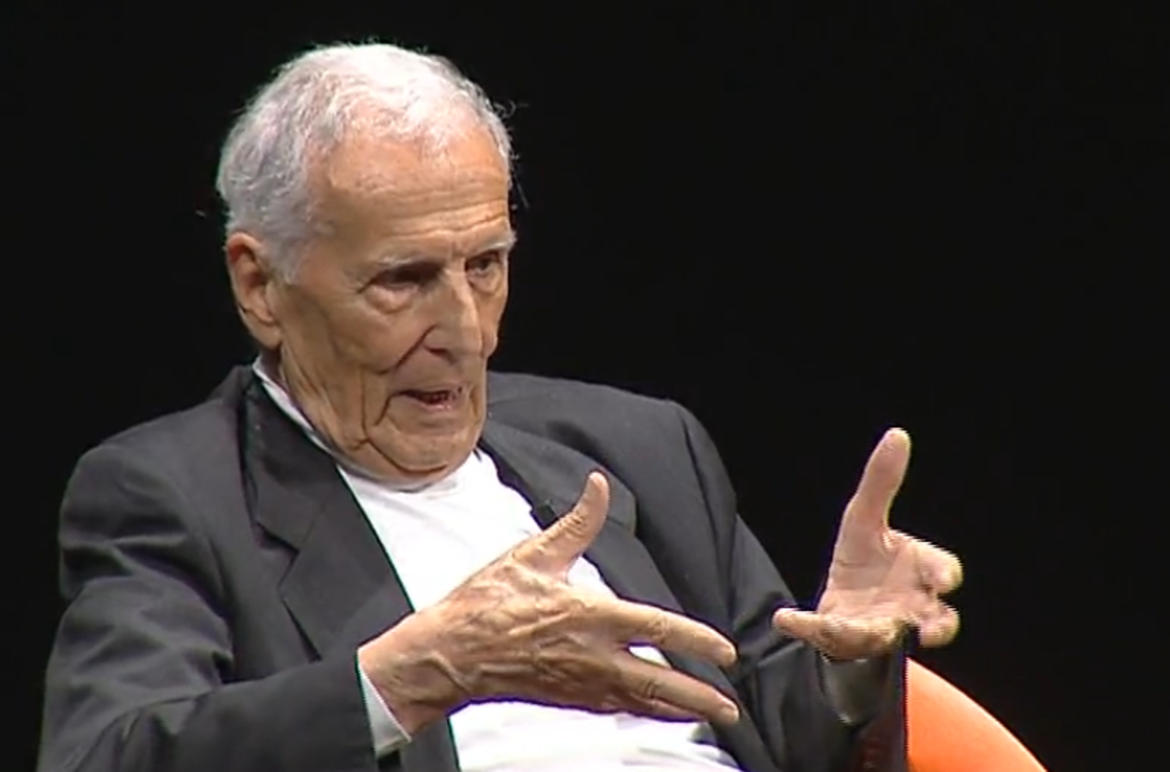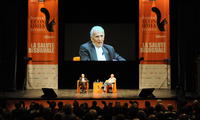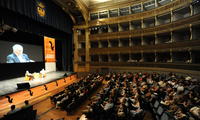
“When in late ’50 I was back from the US – says Garattini - I told my colleagues the two alternatives: should we move there or should we create something different in Italy? We choose the second option and the team from 22 researcher in 1963 arose to 750 today.” Professor Garattini explains also why he opted for the American-like foundation model: “in order to avoid bureaucracy and to meet public benefit”.
Then Garattini turns his attention to benzodiazepines (psychoactive drugs) that in his opinion should be handed out more properly. “In 90% of cases benzodiazepines are used in an incorrect way with particular relation to elderly people – explains the director of the Mario Negri Institute -, since they reduce short term memory, lessening at the same time muscle tone”.
Concerning antibiotic, Garattini states they strongly contributed to raise life expectancy (in Italy it was 46 years at the beginning of the XX century and it is higher than 80 years today) but at the same time, due to bacteria resistance, we need to go on in new drugs research.
Anyway, one of the biggest achievement at the Mario Negri Institute was the discover of drugs to be applied in heart attack therapy. “Thanks to the new drugs we studied – points out Garattini – we were able to reduce mortality rate in myocardial infarction to a 20%, or even to a 40% if the cure arrives within 3 hours from the attack”.
Oncology too is a big concern in Garattini’s view. “In the past we thought there was just one form for each cancer - argues Garattini – but nowadays thank to genomics we know for instance that for breast cancer there are at least 20 different kind of the same disease. So the risk it is that drug does not arrive where the target is located or, on the contrary, it arrives where there is not the target”.
After an overview as a pharmacologist, Garattini fouses on main critical point of drug management today. “There are too much price difference among drugs having the same active substance - discusses Garattini – and at the same time useless drugs as well (see vitamins)”. Yet, at level of European regulations, in Garattini opinion there are at least two bugs: “new drugs should be considered - and then adopted - for their additional therapeutic value, while trials should not allowed only to pharma industries but also to independent bodies”.
Finally, it is appropriate to remind that Garattini fame overtakes Italian borders, since he plays a key role in the best seller book “Good Pharma - The Public-Health Model of the Mario Negri Institute”, published in the US in 2015.
Web: http://2017.festivaleconomia.eu
Twitter: @economicsfest
Facebook: https://www.facebook.com/festivaleconomiatrento











